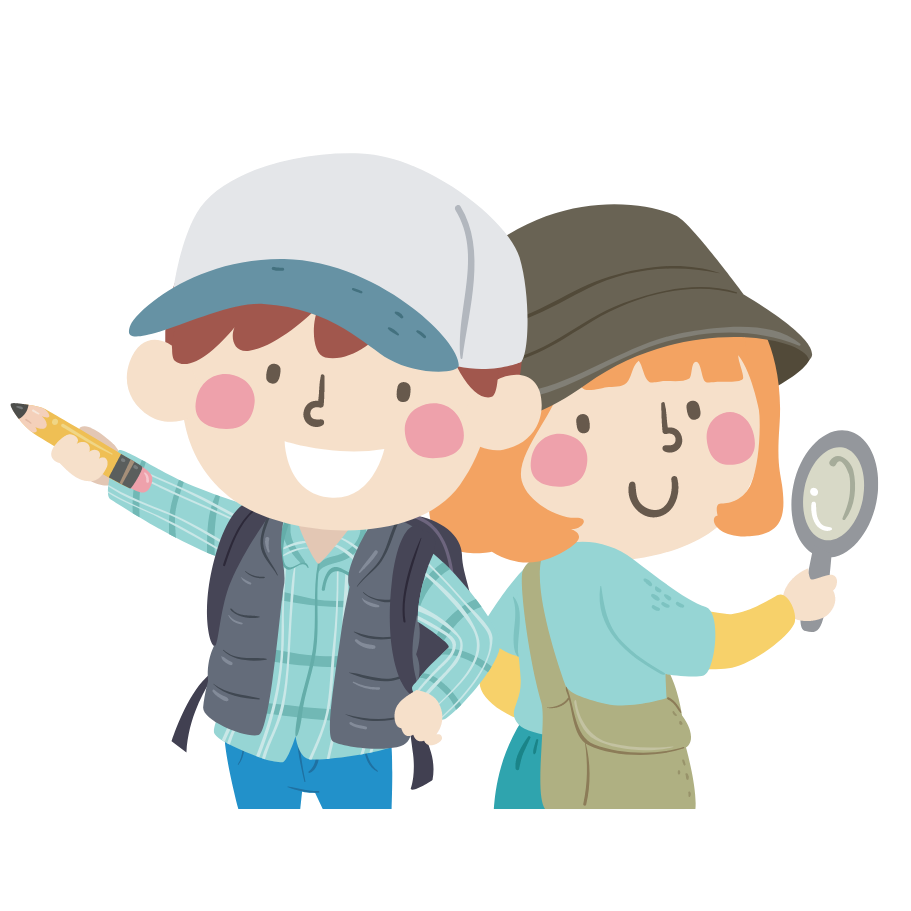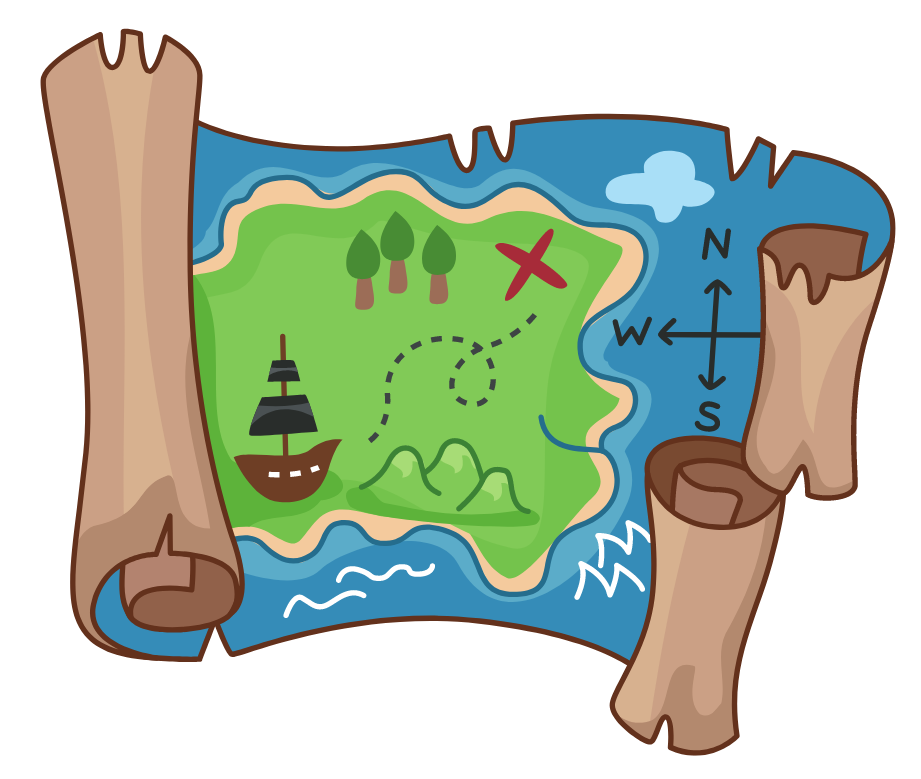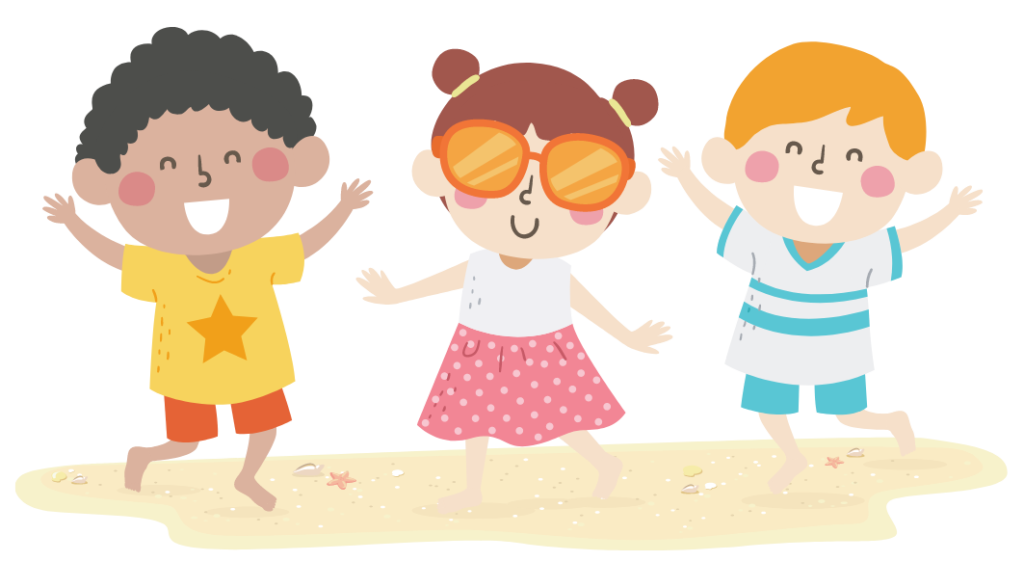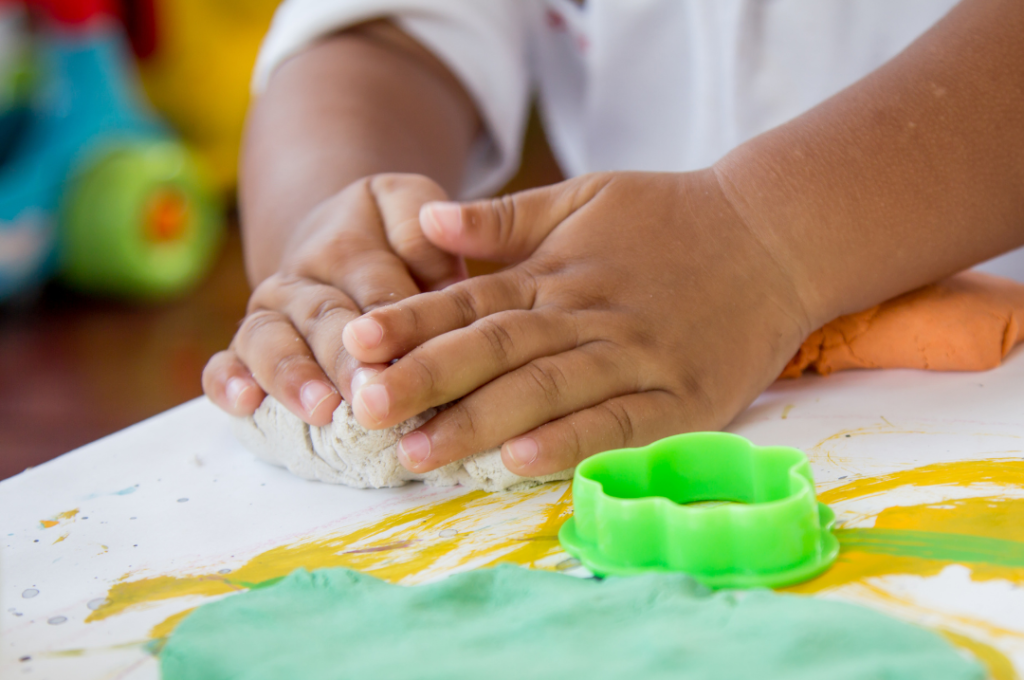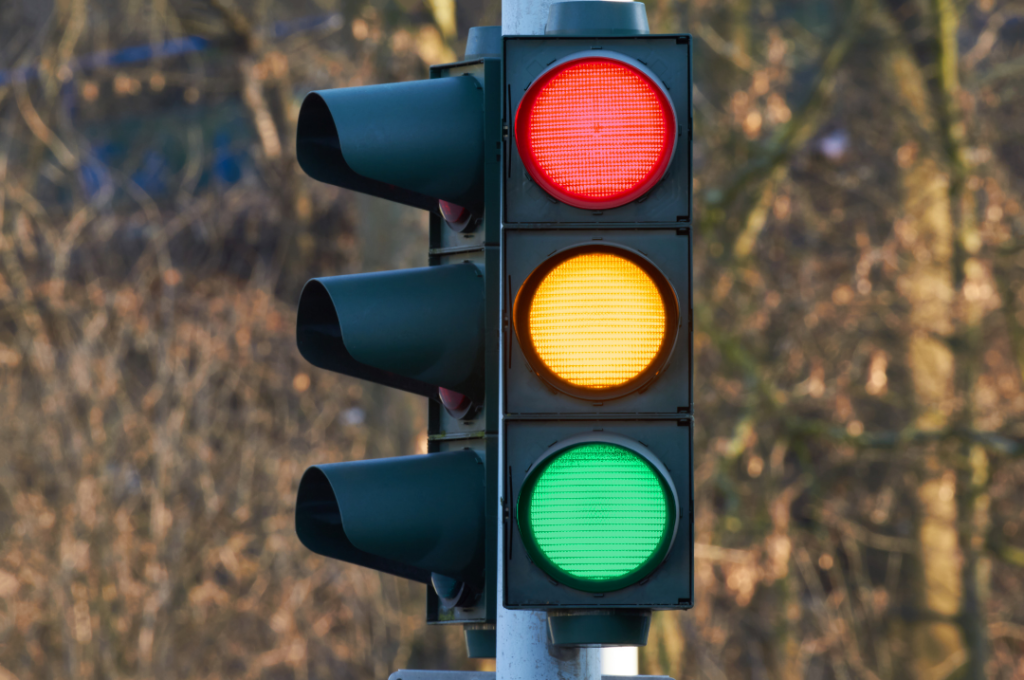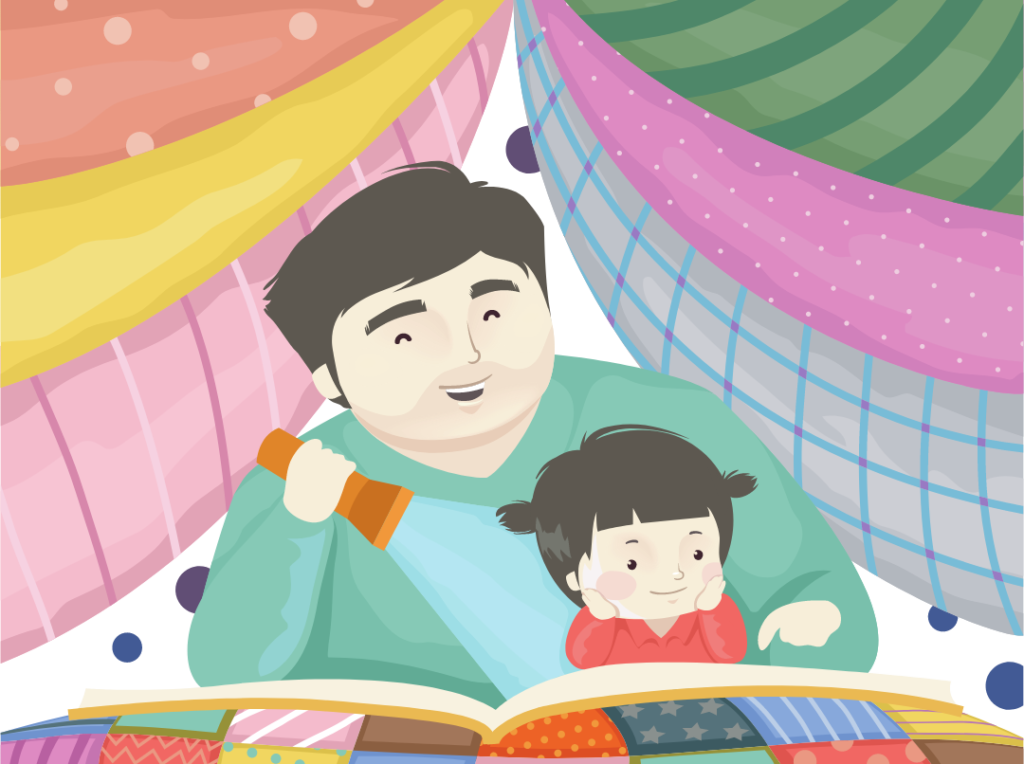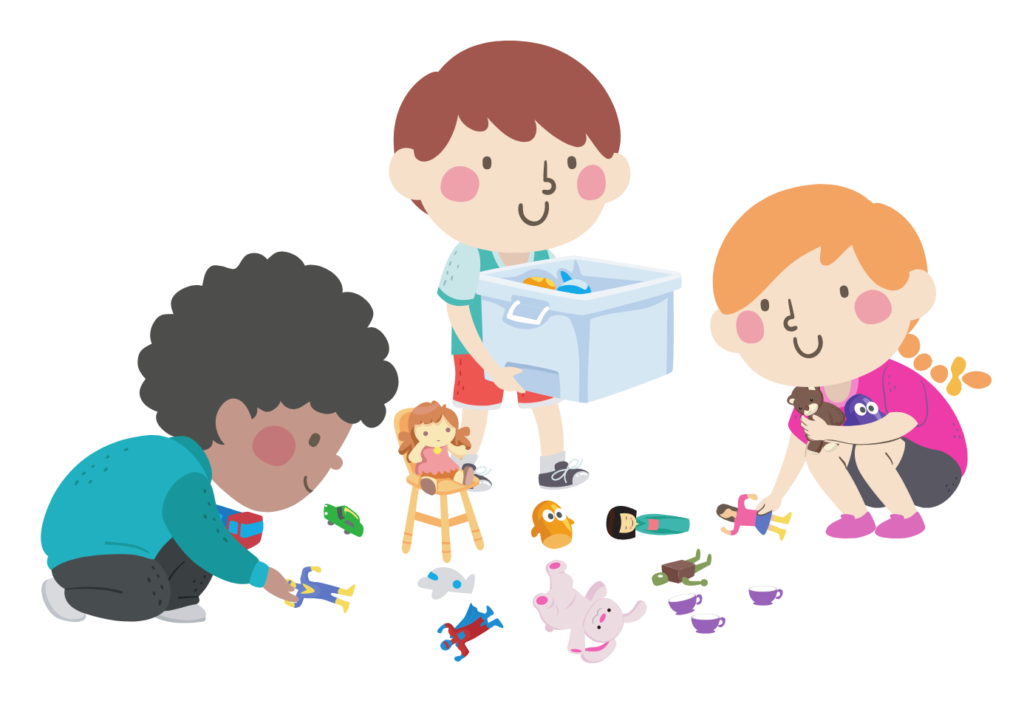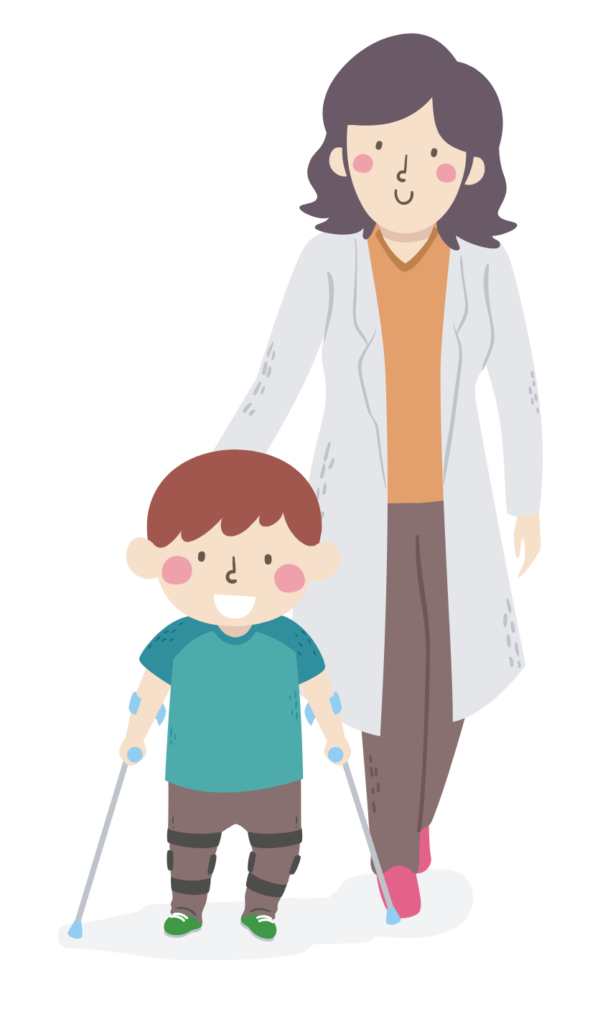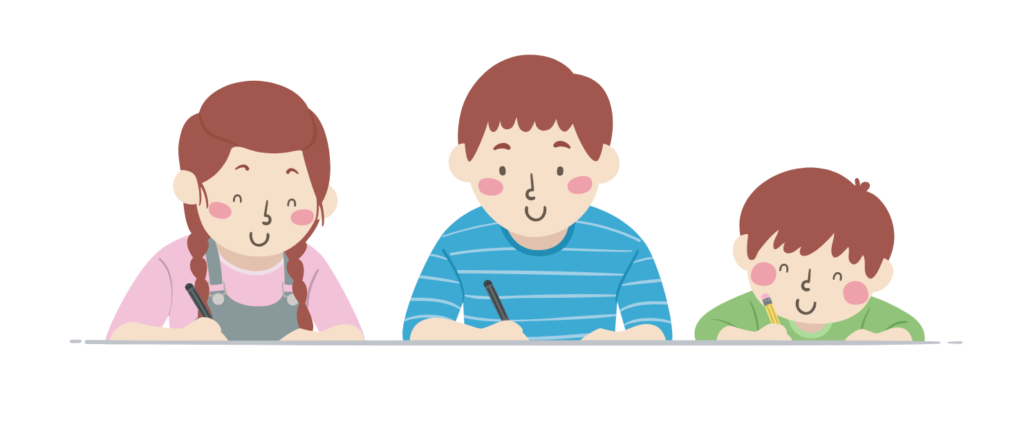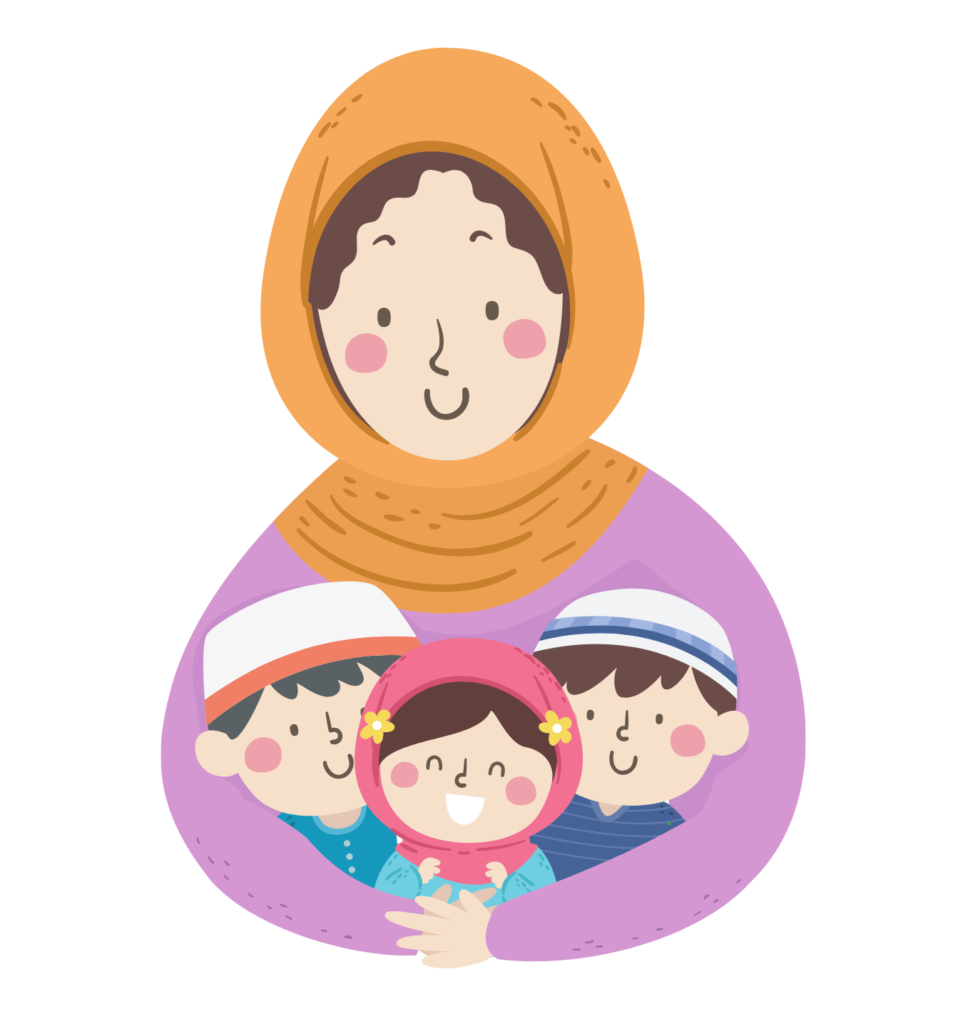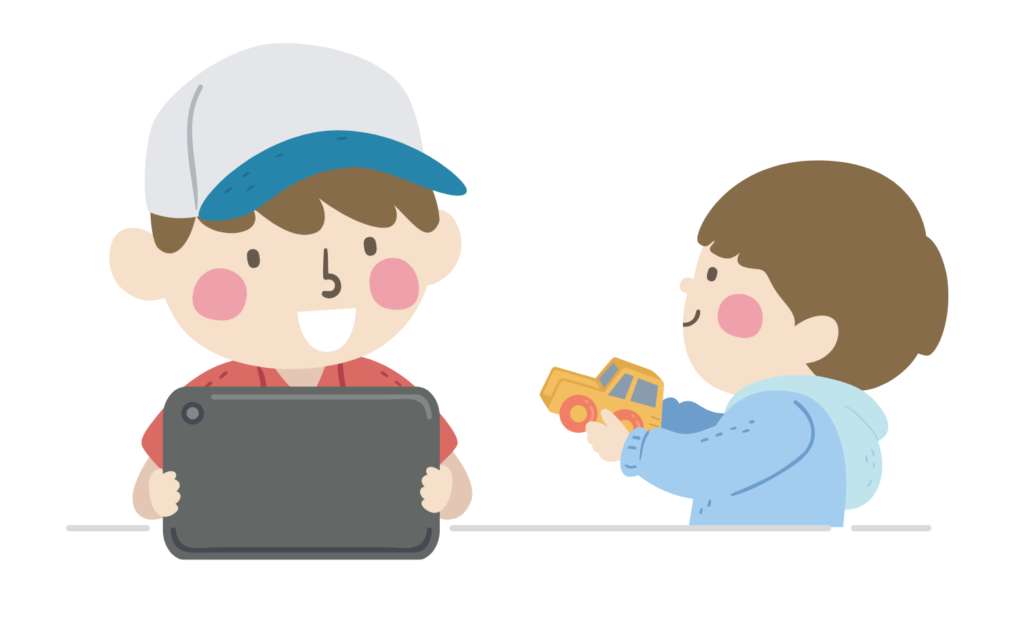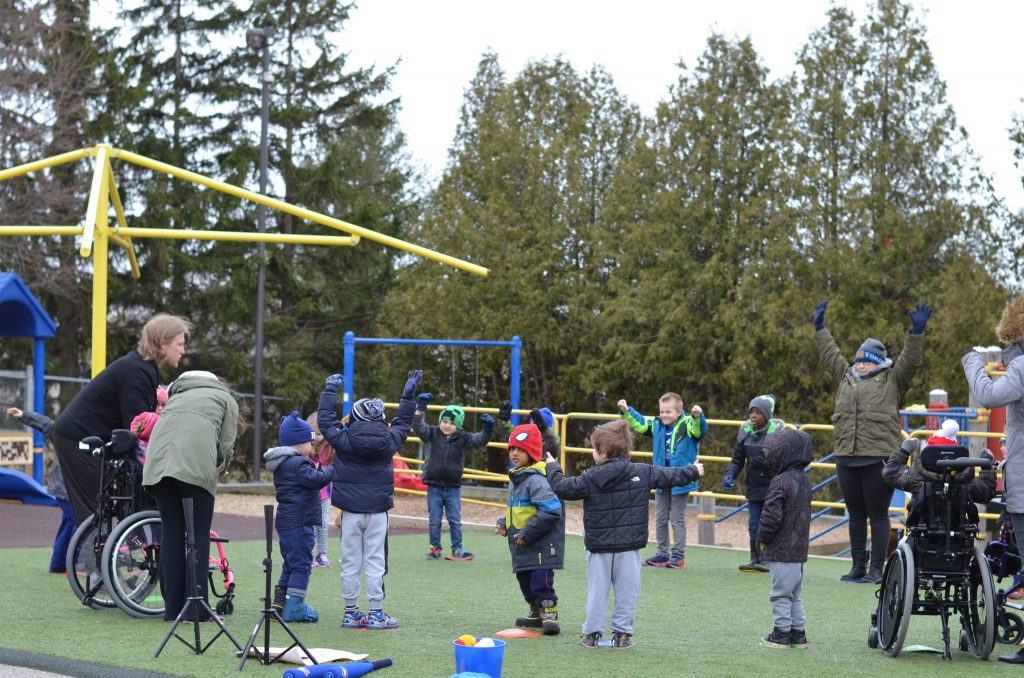Many of us fondly remember riding a bicycle as a child. If you’ve kept up with it over the years, then you know all the positive aspects it brings to your life—a chance to get outside and explore nature, your neighbourhood, and your freedom! Bike riding has led me to meet new friends, motivated me to explore new places within my own neighbourhood, and provided my family with many shared outdoor adventures.



As a physiotherapist at Grandview Kids, I am focused on helping kids to be the best version of themselves, and I hope that as they gain new gross motor skills, they build confidence and develop healthy habits that will last them a lifetime. Biking is one of my favourite ways to help kids get moving, increase strength, and build independence. While I see bike riding as a therapy tool to help motor skill development, challenge motor planning, improve range of motion, and challenge cardiovascular endurance, kids see it as play. They love to ring the bell, show their bike off to their friends, and race a peer. Through the use of adaptive bikes, kids of all abilities are able to experience the joy that comes with riding alongside family and friends while becoming stronger and working towards their physiotherapy goals.
Grandview Kids Recreation Therapists agree with me that bike riding has many benefits. They provide Grandview Kids with a variety of opportunities to explore their bike skills. They currently have a fun-filled day organized on Saturday, May 4, where they will be offering support and information on bike safety, bike sizing and features, bike adaptations, and adaptive bikes.
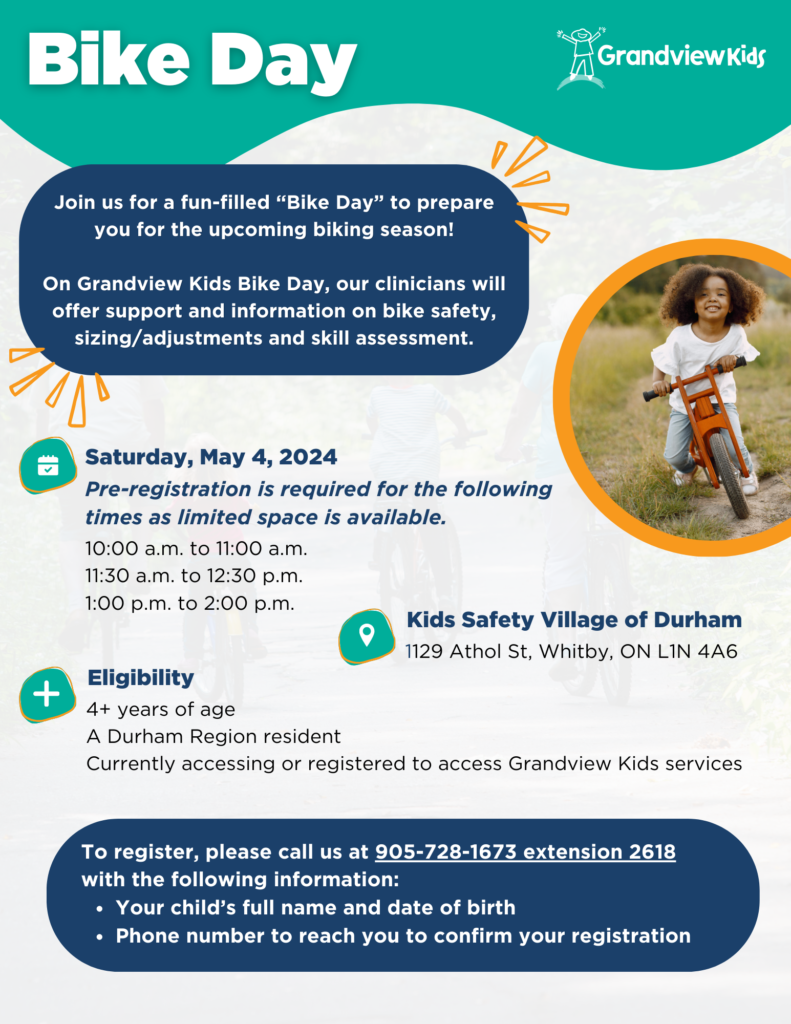
Blog post was written by Allison H., a Grandview Kids Physiotherapist.
